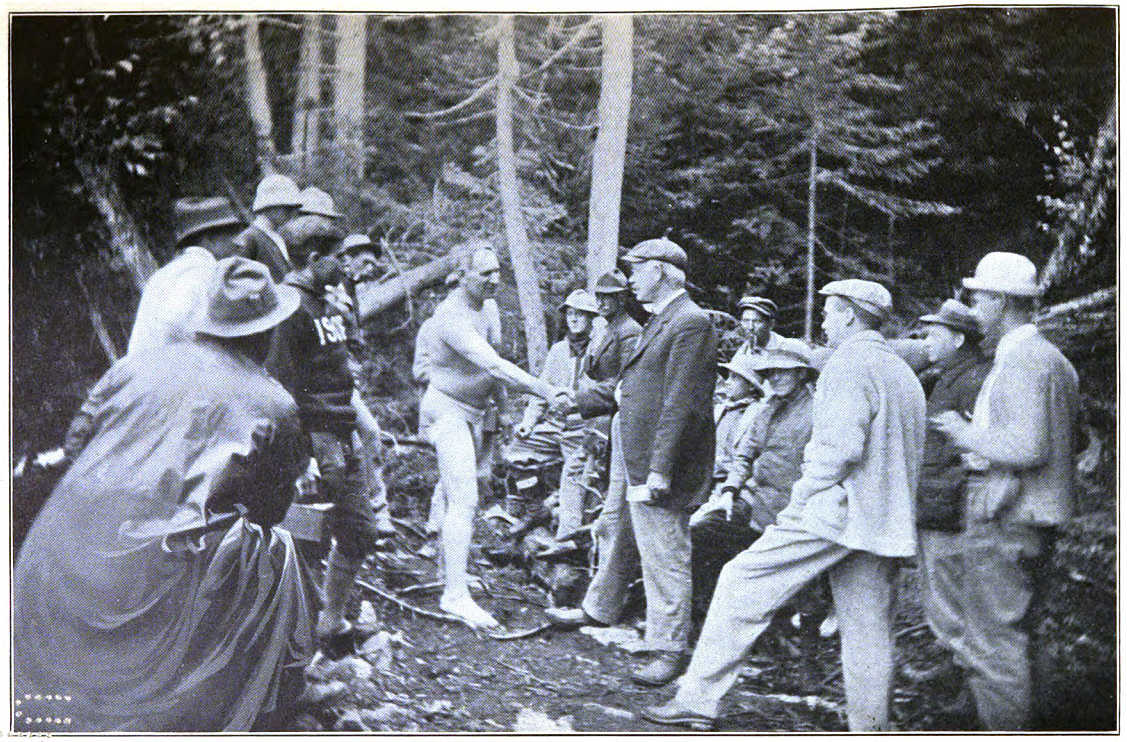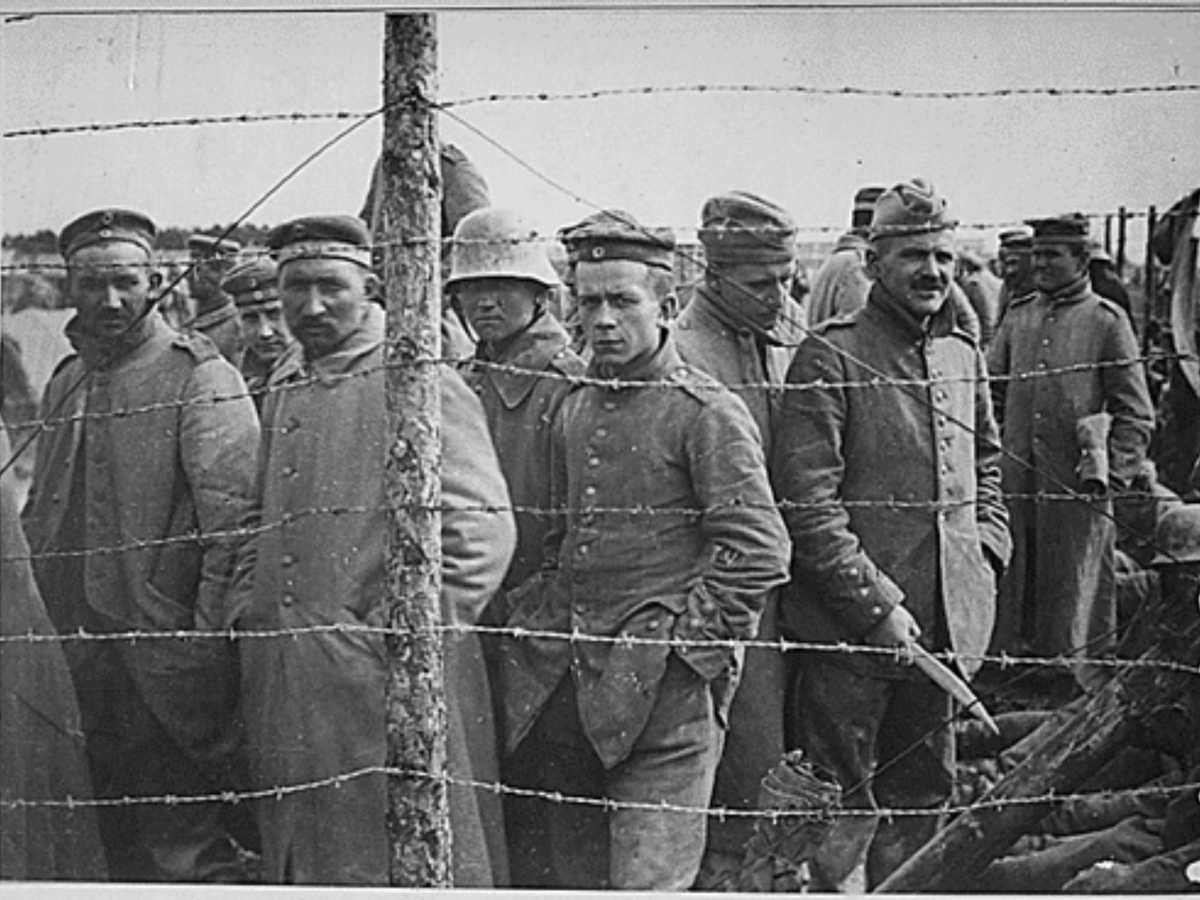A facsimile of a letter from Lewis Carroll to Miss Edith Ball, Nov. 6, 1893:

My dear Edith,
I was very much pleased to get your nice little letter: and I hope you won’t mind letting Maud have the Nursery Alice, now that you have got the real one. Some day I will send you the other book about Alice, called Through the Looking-Glass, but you had better not have it just yet, for fear you should get them mixed in your mind. Which would you like best, do you think, a horse that draws you in a cab, or a lady that draws your picture, or a dentist, that draws your teeth, or a Mother, that draws you into her arms, to give you a kiss? And what order would you put the others in? Do you find Looking Glass writing easy to read? I remain
Your loving,
Lewis Carroll.
(From Stuart Dodgson Collingwood, The Life and Letters of Lewis Carroll, 1898.)






